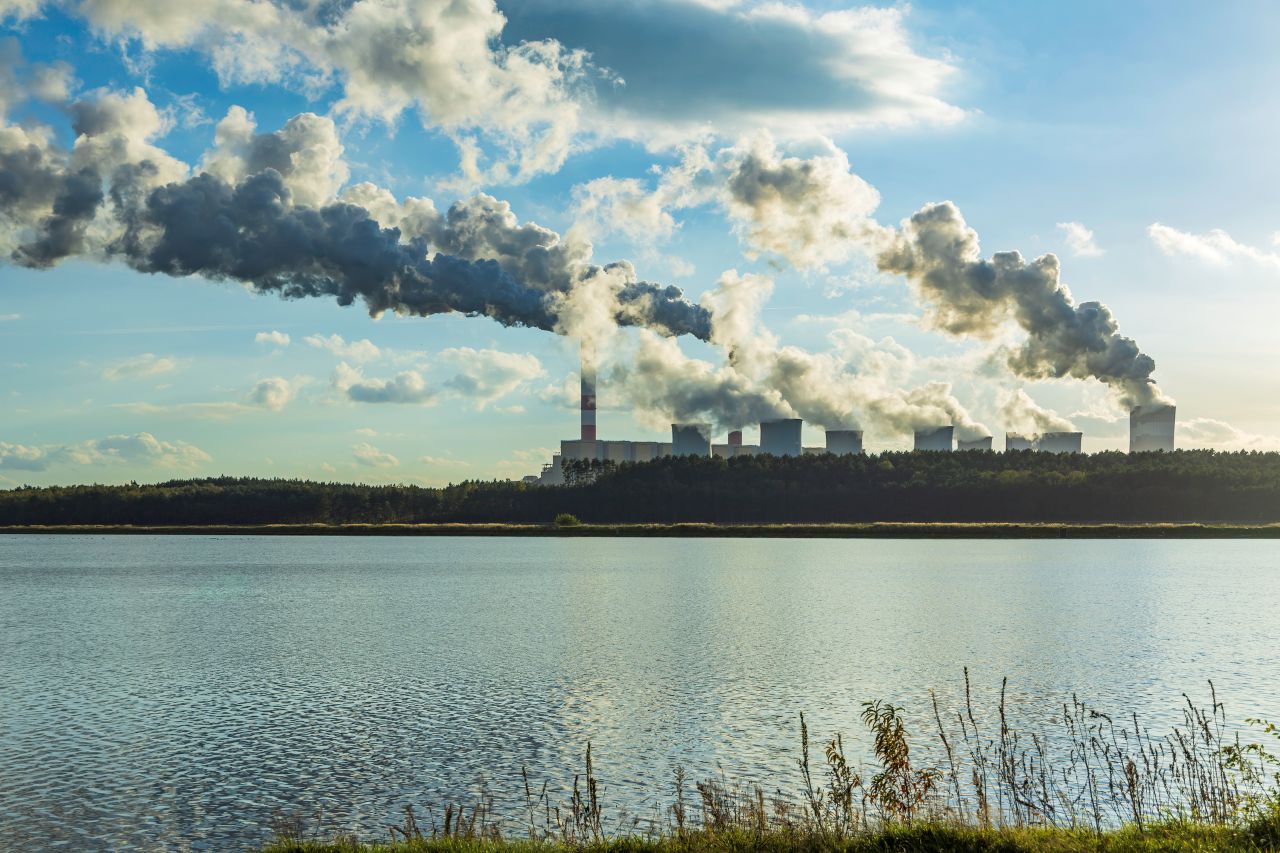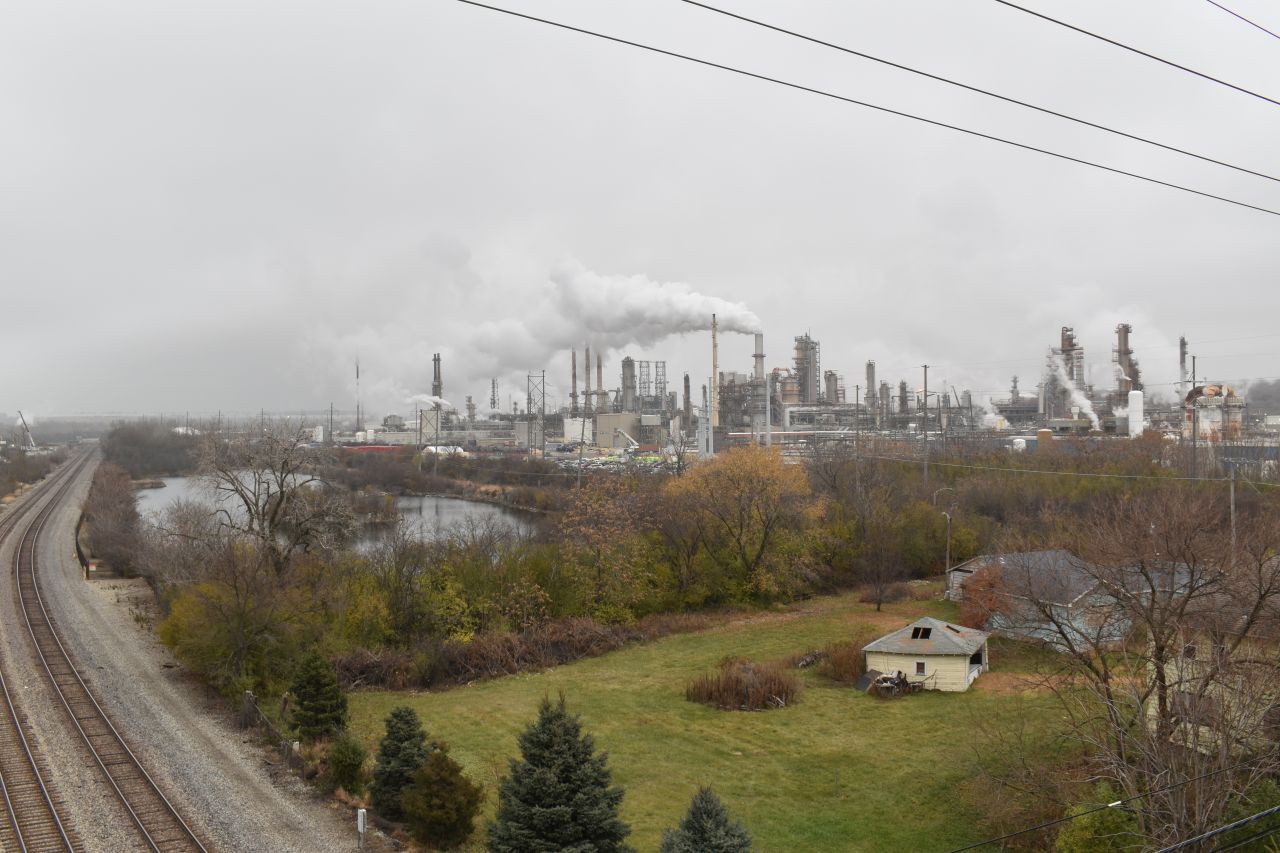In deep-red Texas, neighbors fight gas power plant next door – one of scores proposed across U.S.

BLUE, Texas – For a decade, Julie Drake and her husband Kevin have enjoyed life on their property in the gentle hills and pastures of Lee County, only about an hour outside of Austin but feeling like a world away from the big city.
“We built a home, a shop, and put a pond in and have livestock,” Drake said. “We moved out here for the quiet, slower pace, clean air – just a better way of life.”
However, earlier this year, they learned of a company’s plans to build a massive gas-fired power plant within a mile of their property. Sandow Lakes Energy, a company affiliated with a Dallas real estate development firm, says the plant will be capable of providing enough power for 800,000 homes.
Sandow Lakes Energy’s proposed plant is one of scores of new natural gas-fired power plants planned across the U.S., with the surge driven by cheap gas from hydraulic fracturing and horizontal drilling and compounded by increased demand from artificial intelligence and cryptocurrency computer centers. In Texas alone there are currently over 150 proposed projects to build new or expand existing gas-fired power plants, according to Environmental Integrity Project research based on data from state and federal agencies. The increased burning of fossil fuels – instead of using clean energy, like solar or wind – to satisfy this growing hunger for electricity threatens U.S. climate goals.
The political establishment in Texas is supporting this gas plant boom, with Texas Gov. Greg Abbott, state senators Lois Kolkhorst and Charles Schwertner, and state Rep. Stan Gerdes, all Republicans, for example, expressing support for the Sandow project in the company’s Feb. 12 press release.

But many nearby residents are not on board and are raising concerns about potential health impacts. Even in this deep-red county where many people support fossil fuels, many residents oppose the Sandow company’s plans to build a power plant within a few thousand feet of several homes. They cite fears about air and water pollution, noise, heavy traffic, harm to their livestock, and the likely decline in their property values.
“For me, it’s safety for sure,” said Charlotte Leonard, who lives with her husband Dan and five of their seven children at a house about two-thirds of a mile from where the plant would go in. “What kind of pollution is it going to bring out here? How’s it going to affect families, livestock, or our water system?”

In its press release, Sandow Lakes Energy claims that the gas turbines they plan to install are some “of the most technologically advanced turbines in the world.” A company spokeswoman took questions from Oil & Gas Watch News, but the company did not respond in time for publication.
But that’s not supported by information in the company’s permit application, submitted to the Texas Commission on Environmental Quality. That application shows that the plant would be capable of emitting nearly 4 million tons per year of greenhouse gases, comparable to emissions from more than 847,000 vehicles driven for a year.
The plant could also emit up to 250 tons per year of nitrogen oxides and nearly 89 tons per year of volatile organic compounds, both of which are smog-forming pollutants that contribute to asthma attacks and long-term lung damage. The facility could also emit up to nearly 152 tons per year of fine particle pollution, which can trigger heart attacks, along with more than 165 tons per year of toxic carbon monoxide.
Air pollution is a serious concern for Trish Siler, another potential neighbor to the new plant. A disabled military veteran who served in the Gulf War, Siler was exposed to burn pits that left her with chronic health problems and extreme sensitivity to chemicals in the air. She now raises goats and cattle on her property located within about a mile of the proposed plant, where she lives with her daughter, son-in-law, and three grandchildren ages 1, 4, and 7.
“My anxiety is through the roof,” Siler said. “Everybody I talk to, they’re like, ‘The only thing you talk about anymore is the power plant.’ … It is 100 percent taking over my life, the fear of what can happen over here.”

Residents are not fighting to kill the company’s plans entirely. Instead, they want to see the gas plant moved about 12 miles to the northeast to the site of a former coal-fired power plant. They have been holding public meetings at the local firehouse and recently launched their website, MoveTheGasPlant.org.
Natural gas is a key factor in Sandow Lakes Energy’s plan to build the plant in Blue. The company has proposed locating the generator near the recently completed Matterhorn Express Pipeline, which moves gas from West Texas to the Houston area. The pipeline began shipping gas this month.
Travis Brown, a former journalist and environmental activist who is one of the leaders of the group arguing for moving the plant, said Sandow Lakes Energy could still connect to the Matterhorn pipeline if they moved the plant farther from the homes and ranches in Blue.
“They could put the gas line all the way over there and still have the connections,” Brown said. “It would cost them more money. We think that’s the main reason they want it here.”

The company’s current plans have the plant being built on about 85 acres of open pasture, dotted with cattle and clusters of trees. It’s a small piece of a larger 31,000-acre property with a long industrial history.
About 10 miles to the south lie the remnants of the Three Oaks Mine, a former strip mine where excavators ripped open the earth to expose a dirty, brown form of coal called lignite. Brown said locals joke that the mine is called Three Oaks because that’s all that would be left when the company was done.
That coal was then moved north along a massive conveyor belt to the Sandow Power Plant in nearby Milam County. For decades, that plant burned the coal to provide electricity to aluminum company Alcoa, which used the land to operate one of the world’s largest aluminum refineries, with as many as 2,000 people working on the property.
All of these industries have since packed up and left, with Alcoa closing its aluminum refinery in 2008. Then in 2018 came the closure of the coal-fired power plant and Three Oaks Mine, both operated by power company Luminant. After the closure, Alcoa began marketing the land under the name Sandow Lakes Ranch.
Now, newer industries are moving in. In 2023, a company called Riot Platforms began operating what may be the world’s largest cryptocurrency computer center (called a crypto “mining operation”) at the site of Alcoa’s former aluminum smelter. The extremely energy-hungry banks of computers can consume up to 700 megawatts of electricity at a time – enough to power 140,000 Texas homes on a hot summer day.
In 2021, Alcoa sold its entire 31,000 acres, or more than 48 square miles, to Dallas real estate company Xebec Realty, which is affiliated with Sandow Lakes Energy, the company planning the new 1,200-megawatt gas-fired plant.
In August 2023, Xebec announced that it plans to build a 3,300-acre manufacturing and logistics campus on Sandow Lakes Ranch. The company said this would be the first phase of a development that will include “workforce housing, solar farms, retail, commercial, industrial and hospitality uses, as well as recreational facilities.”
Residents who oppose the plant are skeptical about plans for a live, work, and play community at Sandow Lakes Ranch, citing soil and groundwater contamination left over from the coal and aluminum operations. Instead, they think the plant will mainly serve and attract more heavy industry like Riot’s nearby cryptocurrency mine.
"There’s got to be more coming,” said local property owner Dan Leonard. He said he is now struggling to decide what to do with a property he and his wife spent a long time searching for if the gas plant is built. “You wouldn’t want to just sell it to another family. And where would you go?”
Lead photo: Julie Drake at her home near the proposed gas-fired power plant in Lee County, Texas. Photos by Brendan Gibbons / Oil & Gas Watch News.















